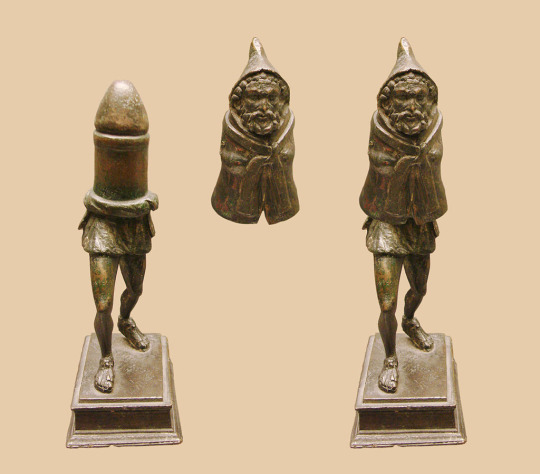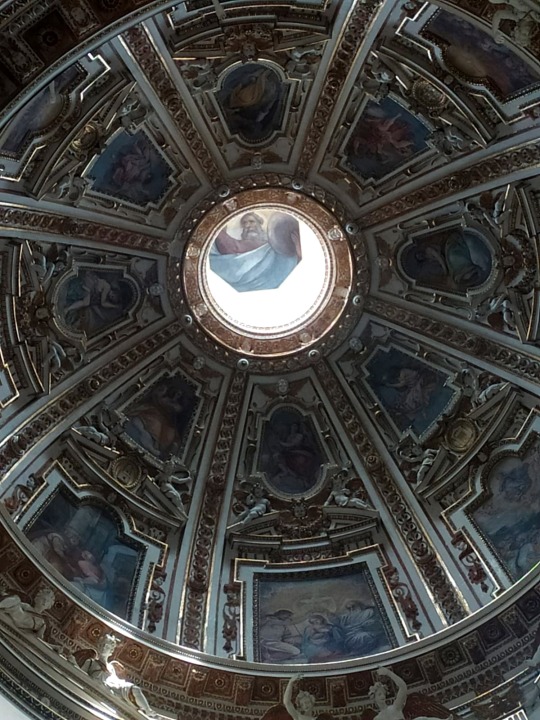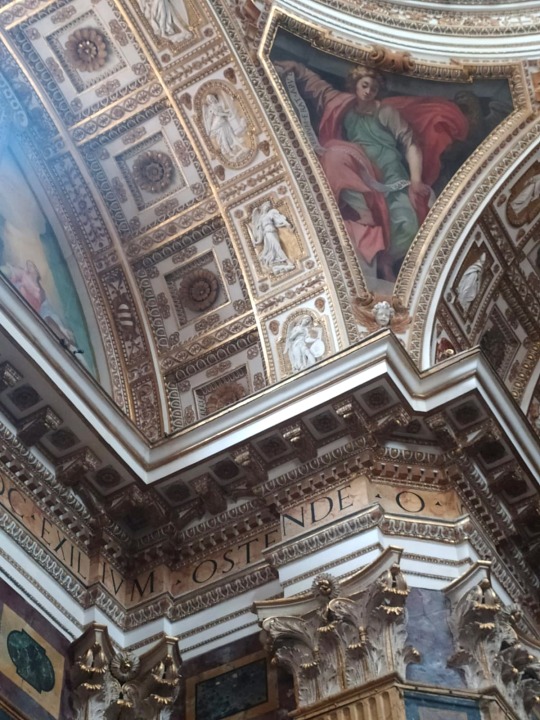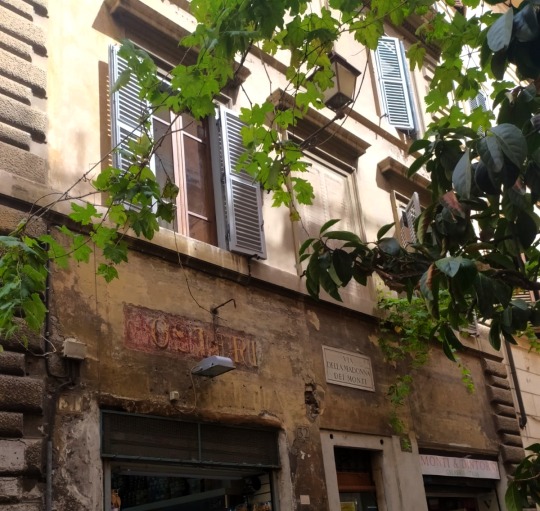Text
Tagged by @darkindigo
Last Song: Dishonored by JTMachinima, because I always like some good rap about my favourite videogames Favorite Color: To wear, blue, green and white; to use in drawings, black; as wall color in my house, white; in absolute terms, red Last Book: Abbaddon's Gate, from the Expanse saga. Last Movie: Russian Ark, attracted to the artsy shots, but I must confess that like the majority of Russia masterpieces, it has such a slow rhythm... Last TV show: The White Lotus, season 3 Favorite Flavor: Pesto pasta, roasted potatoes, Carbonara sauce Tea or Coffee: Coffee, to wake up. Tea, to comfort. Currently Working On: a drawing to gift to my employer. Yes, I'm that kind of worker who gets pretty much along with anyone and that nobody actually knows. Last Thing I Googled: Edward Norton in the White Lotus and how the fuck can I make white flowers more realistic with paint Relationship Status: engaged. Looking Forward To: some social gatherings I will have in the next days with people I love; a DnD campaign with a peculiar character I'm creating Current Obsession(s): optimizing my PC, drawing flowers, reading smut, wearing more elegant outfits
People I'd like to get to know better
I wasn't tagged I stole it from @whatmarvellousthings
Last Song: The Giver - Chappell Roan
Favorite Color: blue
Last Book: God it's been so long since I read a novel. Uhhh... Richard Parkinson's Poetry and Culture in Middle Kingdom Egypt
Last Movie: Robin Hood: Prince of Thieves (1991)
Last TV Show: Daredevil
Favorite Flavor: uhhh...I like raspberry
Tea or Coffee: tea (I don't mind coffee but it minds me - mild allergy)
Currently Working On: unfortunately that information is classed as confidential
Last Thing I Googled: D-Day beach names
Relationship Status: single pringle
Looking Forward To: nephew's imminent birth
Current Obsession(s): my writing
37 notes
·
View notes
Text
















Founded in 2016, the Museum of Civilizations is an institute that vaunts special autonomy granted by the Ministry of Culture.
The Museum of Civilizations was established as a major international museum focused on human beings and their multiple cultural expressions in relation with other living species for the greater appreciation, preservation, and sharing of memories, testimonies and perspectives.
The Museum is located in Piazza Guglielmo Marconi in Rome’s EUR district and divided into two locations: the Palace of Sciences, which houses the prehistory and protohistoric, palethnology and litho-mineralogy, early middle-ages, archaeological, ethnographic, and art history collections of non-European origin of colonial provenance currently being re-catalogued, and the Palace of Folk Art and Traditions, which houses the collections of Italian folk art and traditions. The building complex was designed as part of the urban-architectural project of the 1942 Rome World’s Fair by architects Luigi Brusa, Gino Cancellotti, Eugenio Montuori, and Alfredo Scalpelli under the coordination of Marcello Piacentini.
0 notes
Text











Tiber Island (Italian: Isola Tiberina, Latin: Insula Tiberina) is the only river island in the part of the Tiber which runs through Rome. Tiber Island is located in the southern bend of the Tiber. The island has been linked to the rest of Rome by two bridges since antiquity, and was once called Insula Inter-Duos-Pontes which means "the island between the two bridges". The Ponte Fabricio, the only original bridge in Rome, connects the island from the northeast to the Field of Mars in the rione Sant'Angelo (left bank). The Ponte Cestio, of which only some original parts survived, connects the island to Trastevere on the south (right bank).
There is a legend which says that after the fall of the hated tyrant Tarquinius Superbus (510 BC), the angry Romans threw his body into the Tiber. His body then settled onto the bottom where dirt and silt accumulated around it and eventually formed Tiber Island. Another version of the legend says that the people gathered up the wheat and grain of their despised ruler and threw it into the Tiber, where it eventually became the foundation of the island. It was once the location of an ancient temple to Aesculapius, the Greek god of medicine and healing. The island is still considered a place of healing because a hospital, founded in 1584, was built on the island and is still operating. It is staffed by the Hospitaller Order of St. John of God or "Fatebenefratelli". The hospital was not built on the same spot as the temple, but stands on the western half of the island.
1 note
·
View note
Text









Lots of projects, special areas and unique remnants at Herculaneum Archeological Site. Wear comfortable shoes and mind the size of your luggage: they don't accept big backpacks at the entrance of the site.
#herculaneum#italy#napoli#italia#ercolano#vesuvio#pompeii#naples#loves#scavidiercolano#archeology#roman history
6 notes
·
View notes
Text
Tenerani Spina - Exhibition at 'Museo di Roma', in Piazza Navona. I am quite sure I've already seen something like this in Fallout


1 note
·
View note
Text
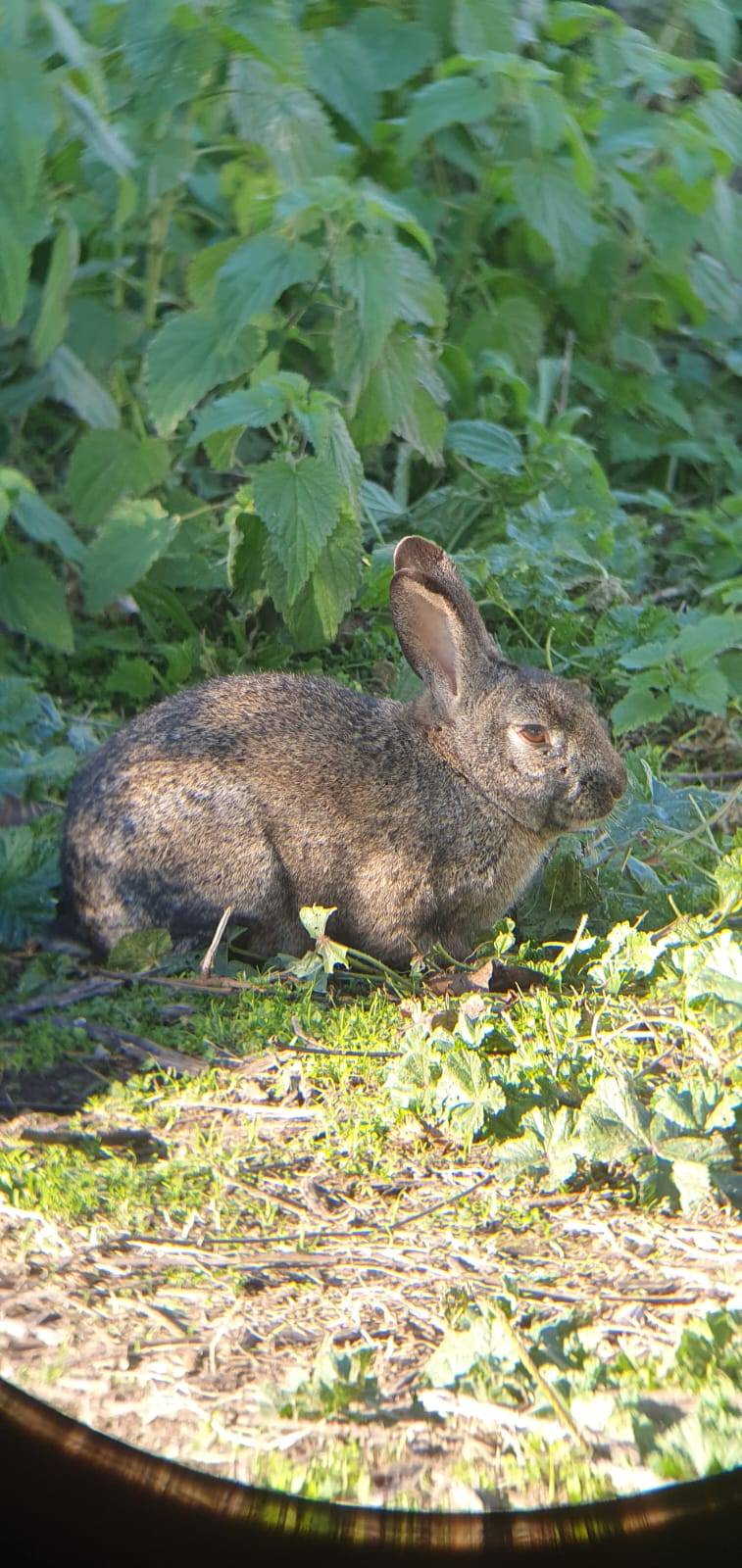

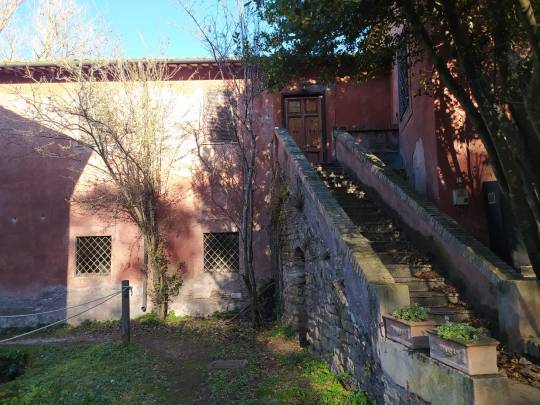

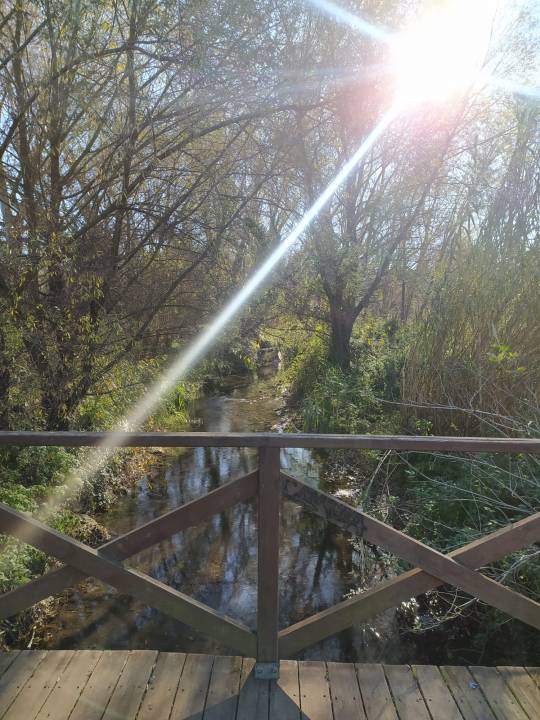
"The Caffarella Valley borders the Latin way (via Latina) to the north and the ancient Appian Way to the south. It extends lengthways from the ancient Roman Aurelian’s Wall up to via dell’Almone. Today it is an oasis amidst sprawling high-rise buildings comprising a fascinating mix of archaeological and ecological wonders set in a picturesque rural landscape. This includes green fields, ancient monuments, old farm buildings, woods and ponds all merging into a single, unifying complex of uppermost importance not only for its immediate neighboring communities, but for the community as a whole as well as for scientists worldwide."
#caffarella#roma#appiolatino#rome#parcoappiaantica#parcodellacaffarella#appiaantica#natura#ig#parcodegliacquedotti#allenamento#onelanguagecentre#italia#nature#bespecialbeone#appia#training#artimarziali#vialatina#travelphotography#difesapersonale#appianuova#villalazzaroni#italy#preparazioneatletica#italian#istruttore#artemarziale#caffarellapark#reginaviarum
2 notes
·
View notes
Text

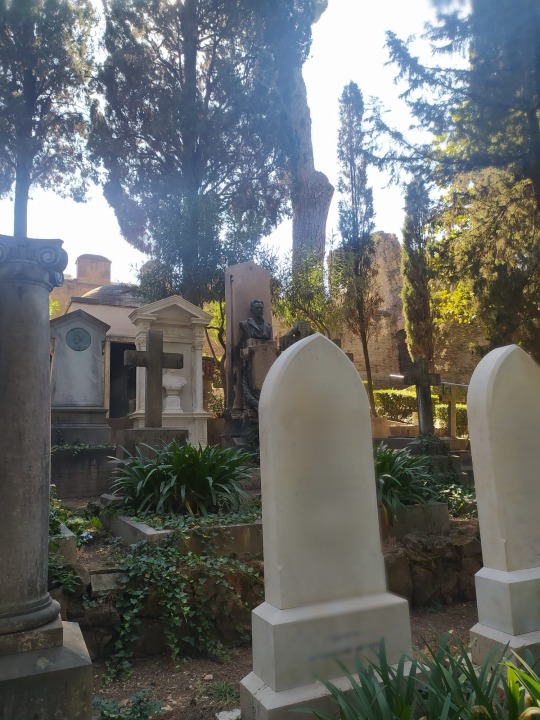


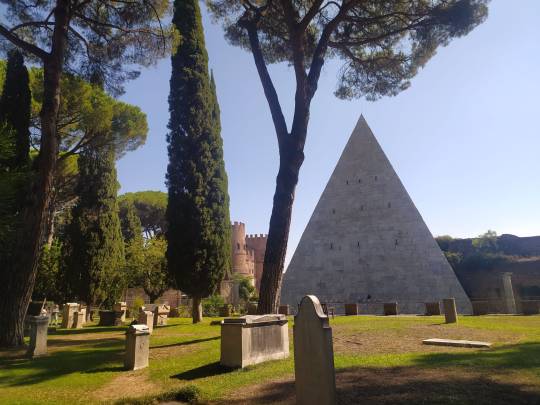
Non-Catholic Cemetery, Rome, Italy. It is near Porta San Paolo and adjacent to the Pyramid of Cestius, a small-scale Egyptian-style pyramid built between 18 and 12 BCE as a tomb and later incorporated into the section of the Aurelian Walls that borders the cemetery. It has Mediterranean cypress, pomegranate and other trees, and a grassy meadow. It is the final resting place of non-Catholics including but not exclusive to Protestants or British people. The earliest known burial is that of a Dr Arthur, a Protestant medical doctor hailing from Edinburgh, in 1716. The English poets John Keats and Percy Bysshe Shelley, as well as Russian painter Karl Briullov and Italian Marxist Antonio Gramsci are buried there. Since the norms of the Catholic Church forbade burying on consecrated ground non-Catholics – including Protestants, Jews and Orthodox – as well as suicides (these, after death, were "expelled" by the Christian community and buried outside the walls or at the extreme edge of the same), burials occurred at night to avoid manifestations of religious fanaticism and to preserve the safety of those who participated in the funeral rites.
12 notes
·
View notes
Text
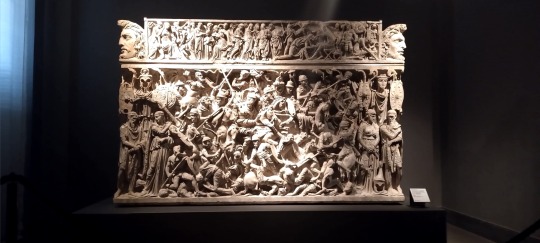
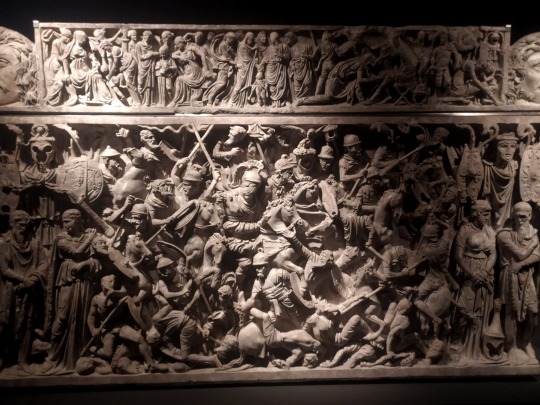

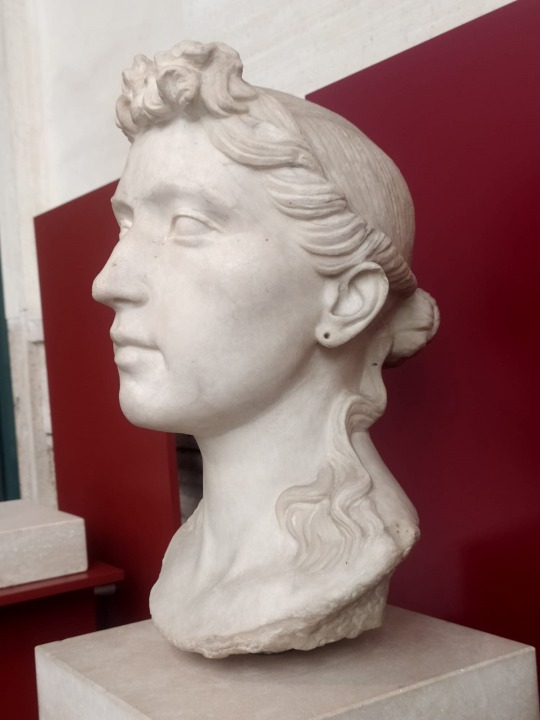
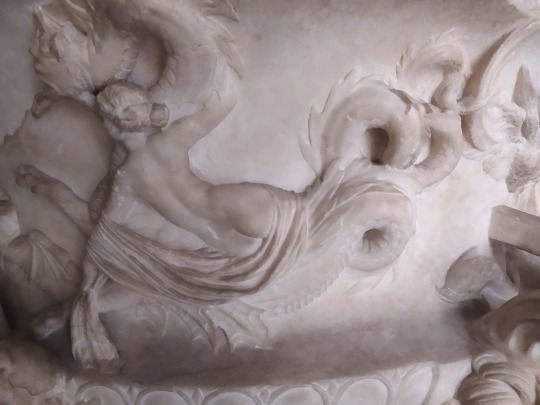
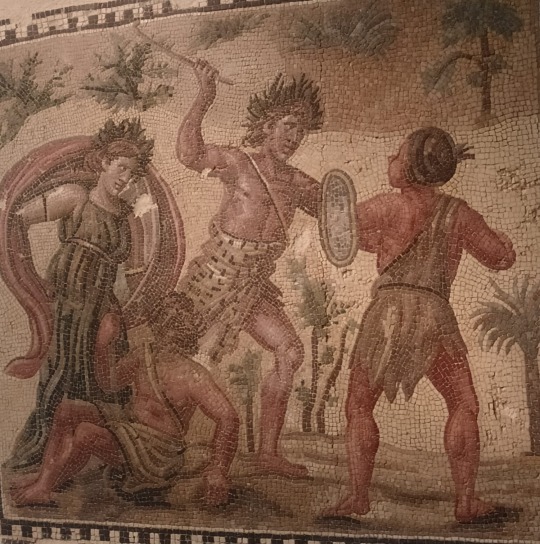

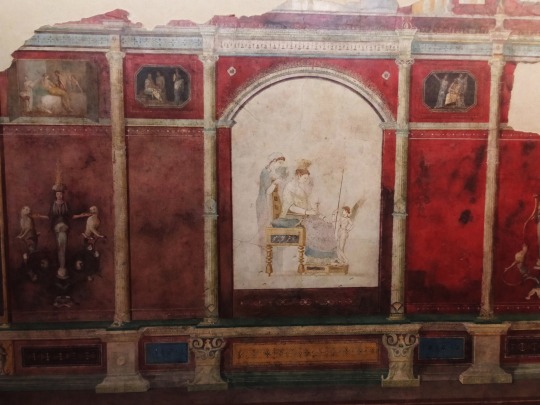
Palazzo Massimo - Rome Inspired by the magnificent palaces of the 16th century, Palazzo Massimo was built between 1883 and 1887 by the Jesuit priest Massimiliano Massimo, based on a design by Camillo Pistrucci, to house the new Jesuit school. In 1981, the Palazzo was acquired by the Italian Government to become one of the new sites for the National Roman Museum. A radical renovation of the building was entrusted to Costantino Dardi and the Palazzo opened to the public in 1998. Since then, the original installation has been revised and adjusted on a number of occasions, interweaving the various threads of the exhibition using a design based on chronology and theme. By referring to the contexts in which the artefacts were found, this creates the suggestion that different works are jumbled together as in the bustling collections of the 16th century. Now, moving through the rooms of the Palazzo Massimo is like leafing through the pages of a wonderful book. Its four floors contain some of the greatest masterpieces of the entire artistic output of the Roman world: sculptures, reliefs, frescos, mosaics, stuccoes and sarcophagi, originating, like all of the treasures of the National Roman Museum, from excavations undertaken in Rome and the surrounding region from 1870 onwards. The route of the visit begins with the theme of the portrait and its evolution, from exclusive use by the most illustrious citizens in the Archaic Period to the widespread use of portraits among freedmen, from portraits of Greek origin, such as those of Alexander the Great, to those of simple Roman citizens eager for self-celebration at the end of the Republic, like the Tivoli General, and new forms of portraiture linked to the birth of the Empire, such as Augustus dressed as the Pontifex Maximus. Greek originals in marble, such as the Niobid from the Horti Sallustiani (Gardens of Sallust), and in bronze, including the Boxer at Rest and the Hellenistic Prince from the Baths of Constantine, are typical examples of the models of Greek art that came to Rome with the wars of conquest. Continuing the history of portraits in the Imperial Age, the first floor displays the Roman taste for reworkings and copies of ideal sculptures, like the Discobolus of Myron, presented in two well-known reproductions – the Lancellotti Discobolus and the Discobolus of Castel Porziano -, the Sleeping Hermaphroditus, the Aphrodite of Menophantos, and innumerable works depicting gods and mythological figures. However, sculpture also became a means of expression for celebrating victories at the borders of the Empire, such as the monumental Portonaccio sarcophagus, and a method for paying tribute to the greatness of well-known figures in the society of the late Roman Empire, as can be seen from the Acilia and Annona Sarcophagi. The second floor of the Palazzo is dedicated entirely to frescos, stuccoes and mosaics. One element that is fundamental in fully grasping the taste and aesthetic sense of the Roman aristocracy is the superb wall decorations of major archaeological complexes, such as the Villa di Livia in Prima Porta, the Villa Farnesina in Trastevere and the Villa di Termini. The basement level offers a selection from the collections from the National Roman Museum’s Coin and Medal Collection and is dedicated to the economy and the use of money, interpreted through an exhibition of coins, jewellery, precious ornaments and documents relating to the daily cost of life.
#rome#roma#italy#italia#travel#ig#art#photography#love#igersroma#picoftheday#romeitaly#photooftheday#instagood#architecture#travelphotography#lazio#europe#visitrome#igersitalia#paris#history#photo#like#vatican#travelgram#london#instagram#follow#italian
3 notes
·
View notes
Text

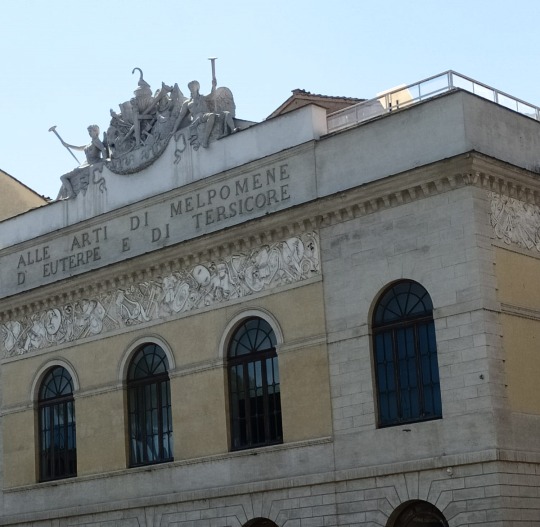
Torre Argentina in Rome: a sanctuary for history and cats. (Extrapolated from Roman Cats Torre Argentina Cat Sanctuary official site https://www.gattidiroma.net/web/en/ )
The workers that in 1926 were busy demolishing the crumbling Medieval houses in the area of via San Nicola de’ Cesarini would not have fancied finding themselves in front of the austere face of a huge statue of a goddess. A fierce dispute between the owners of the area and the archaelogists, who wanted to go on with the excavations and with the conservation of the area, soon turned on and only in 1928, thanks to the Head of Government at the time, the dispute was solved in favour of the Ministry of Fine Arts.
The name “Argentina” does not refer either to the nation or to the metal, it comes from the Latin name of a tower that had been built in the 15th century by Johannes Burckardt, Master of Ceremonies of Pope Alessandro VI Borgia, who was born in Strasbourg….that is Argentoratum! And for the inhabitants of Rome, it’s a short step to go from Argentoratum to Argentina!
Now the tower is not there to be seen any more, since it has been incorporated in buildings that showed up later on.
1929 was the year the sacred area of Torre Argentina was excavated. This was also the year the history of the cats' residency began. Stray and abandoned felines took refuge in the protected area below street level. From 1929 until 1993, the cats were more or less regulary fed by a succession of cat ladies or "gattare".
One of the most famous of these cat lovers was the great Italian filmstar Anna Magnani. While working at Teatro Argentina which borders the ruins, Ms. Magnani would spend her breaks feeding her four legged friends. This film legend, famous for her heart-tugging performances, died in the 1960's.
Lia and Silvia started working with the cats in 1993 when they began helping a woman who was running the show alone: feeding, spaying and neutering all the cats. Her generous efforts put her on the verge of an economic and emotional collapse. Soon Lia and Silvia realised there was a lot more work than the three women could manage. In that year the cat population was 90 and growing due to the irresponsibility of people abandoning their cats and kittens, perhaps to go on vacation. And so, Torre Argentina Cat Sanctuary was born.
Working conditions were primitive to say the least. A cave like area under the street had been unwittingly created by the construction of the street and the pillars that sustain it long before the cat shelter began. It had a floor space of about 100 sq. meters and it began as a night shelter for the cats and as a storage place for cat food. It was a difficult and frustrating job. Caring for more than 90 cats in a damp underground space, in many places so low that one cannot stand up and no electricity or running water. For almost a year and a half Silvia and Lia worked under these conditions, hoping for a breakthrough or a guide through this dark period.
Their prayers were answered in 1995 when a savior arrived: an English woman named Molga Salvalaggio. She told Silvia and Lia about the wonderful achievements of certain English organizations who worked in animal protection and she put them in contact with A.I.S.P.A. (Anglo-Italian Society for the Protection of Animals). A.I.S.P.A. was the first organisation to give material as well as moral support. In addition, they introduced Silvia and Lia to English resources concerning stray cats and solutions to frequent problems who studied this invaluable information and began the slow process of imitating English role models.
The first job was to raise desperately needed funds. The primitive location had one great advantage; it was a tourist attraction because of the historical and archaeological significance of the ruins. Painfully swallowing pride and embarrassment Silvia and Lia started approaching tourists who seemed more interested in the cats than the ruins and asked for donations. Unbelievably it worked! Not only did they collect needed cash, they also managed to attract a certain number of volunteers; mostly women of many different nationalities, Italian, French German, American, English, Brazilian, and Dutch. Torre Argentina became a sort of United Nations for cats. To raise more money they started organizing fundraising dinners, raffles and flea market sales.
In September of 1998, a Captain of the U.S. Navy, John Henriksen and his wife Cheryl generously opened their home to 120 people for a dinner, auction and raffle, our first Gala. Later, Alexandra Richardson, wife to the British Ambassador allowed the volunteers to hold a fundraiser/Gala at her residence. Several more Gala’s followed the following years and provided badly needed funds.
With the newly found income, TA could afford cat food of better quality and the new burst of enthusiasm also motivated Silvia, Lia and their team of volunteers to become more professional and organized in daily operations. Now their cats, in addition to ALL being dutifully neutered, are also ALL vaccinated, tested and free from internal and external parasites. What remains after having provided for the animals is shared with other less fortunate colonies here in Rome.
Obviously sterilization is the top priority. People who manage cat sanctuaries can have help for the sterilization of their cats from the veterinarians affiliated with the Torre Argentina sanctuary and are also able to help private citizens who are not well-off.
The reduction of feline stray animals is the main purpose of the activity of the Torre Argentina sanctuary which wants to be known above all as a Center for the Promotion of Sterilization and not as a reception center for stray cats in difficulty. But the popularity of the colony also among the Romans means that the requests for hospitality are always higher than the real possibilities of the organization itself. They are therefore forced to severely limit the access of new animals only to those cases that offer no other possibility of solution. However, mutilated, blind or variously suffering from disability cats are welcomed with absolute precedence.
#cats#catsofinstagram#cat#of#catstagram#instagram#catlover#catlife#catlovers#instacat#kitten#pets#meow#kittens#catoftheday#kitty#love#cute#pet#animals#dogs#gatos#world#gato#petsofinstagram#kittensofinstagram#cutecats#catlove#adoptdontshop#catsagram
0 notes
Text




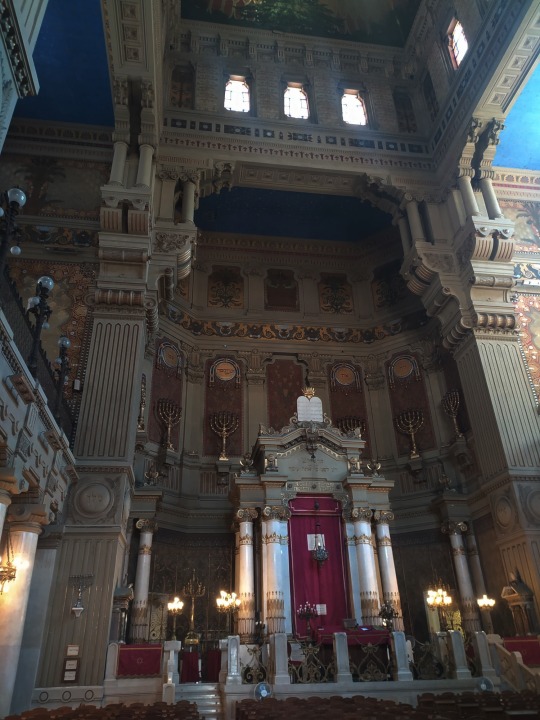
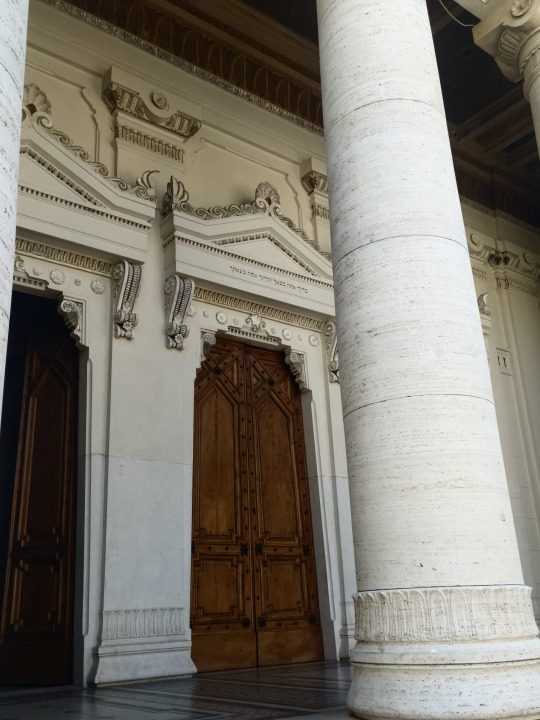
In 1555 Pope Paul IV established the ghetto, a run-down district where Jews were forced to live apart from the rest of the population. It wasn't the healthiest of places, since it often was submerged in water due to Tiber floods. Finally in 1870 Jews were free and in the next decades the whole area will be demolished and rebuilt over the level of the river. The new neighborhood as we see it nowadays extends over an area of four city blocks, crossed by Via Catalana and Via del Tempio; it is delimited on one side by Via Portico d’Ottavia and on the other by the Tiber river. Expert tour guides from the Museum will accompany you on a pleasant walk through the picturesque lanes, streets and piazzas of the Jewish neighborhood. From Lungotevere De’ Cenci, to San Grgorio’s Church, Largo 16 Ottobre, passing trough Via del Portico d’Ottavia, Via della Reginella, Piazza delle Cinque Scole and Largo Stefano Tachè. The “Jewish Ghetto” is a lively showplace of a modern and ancient Rome. Even though most of the original area desappeared, there are still visible evidences and tangible testaments of its history. In 1870, with the breach of Porta Pia, the Italian Army conquered Rome and the city, with all its territory, was absorbed into the Kingdom of Italy: the temporal power of the popes had ended. Later on, Rome was declared as the capital of the Kingdom. In the nineteenth century the Jews reached, as in the rest of Europe, full emancipation and equal civil rights. From then, the Jewish communities were able to erect, after centuries of limitations, their monumental synagogues. The Jews decided to build the most impressive synagogue in the city, the Great Synagogue, in the same neighborhood where, for centuries, they used to be locked up. The building stands in the area of the former ghetto, which had been demolished and reclaimed, by following the 1888 town plan. The winners of the public competition for the new synagogue project were Osvaldo Armanni and Vincenzo Costa. The Synagogue was inaugurated in 1904. The monumental building is surmounted by a square-based dome, which is covered in aluminum. The interior, with its bimah (pulpit) placed in a way that does not exactly conform to the tradition of the “Roman rite”, is richly decorated in art nouveau style.
#roma#sinagogaroma#sinagoga#italy#tempiomaggiore#italia#tempiomaggiorediroma#rome#bl#cieloazzurro#shabatshalom#cielosemprepi#whatitalyis#greatsynagogueofrome#greatsynagogue#ig#piazzavenezia#igerlazio#igerroma#tempio#belvedereroma#belvedere#tettidiroma#synagogues#volgoroma#synagogue#lungotevere#gabbiano#visititaly#art
0 notes
Text
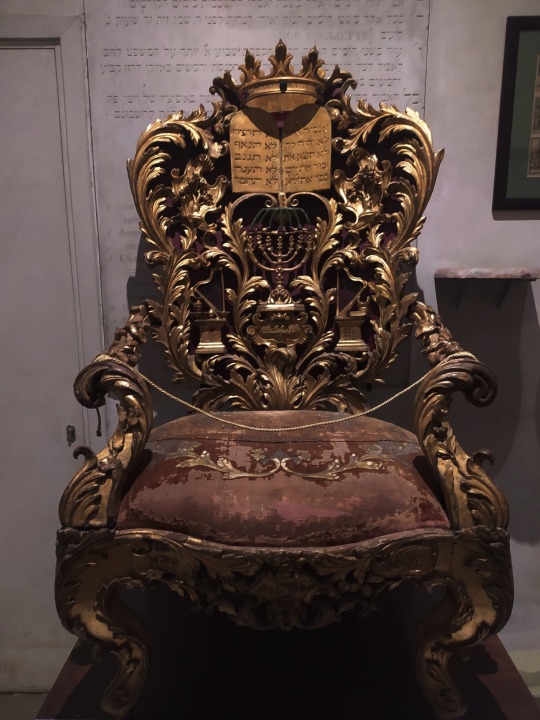
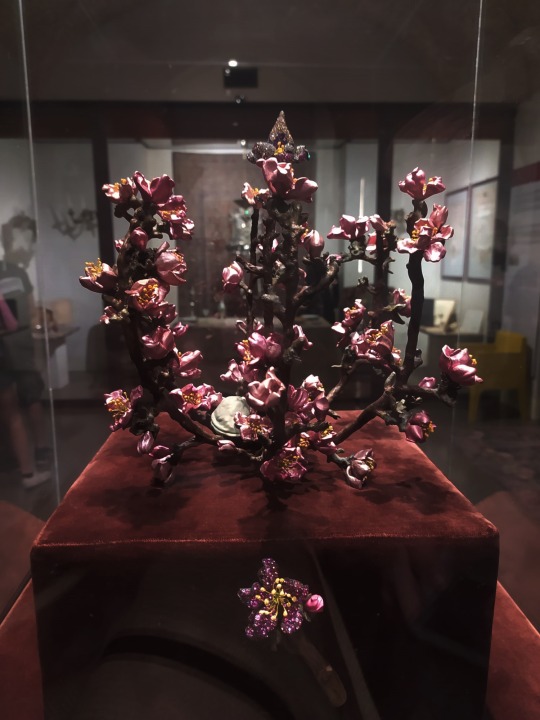
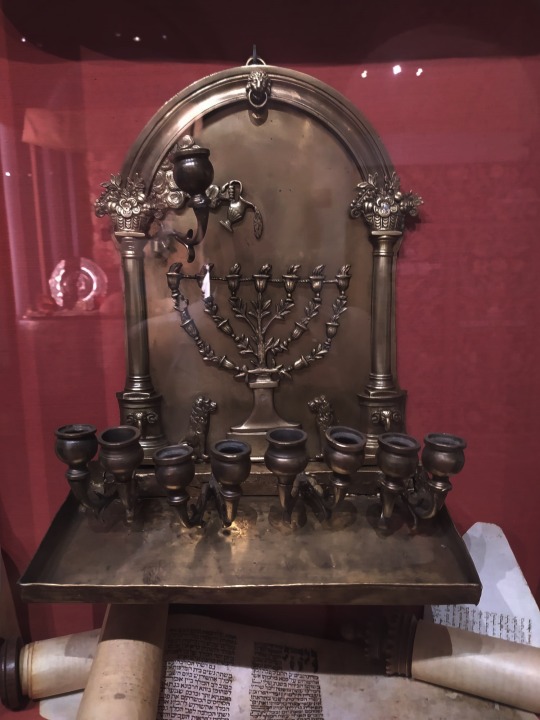


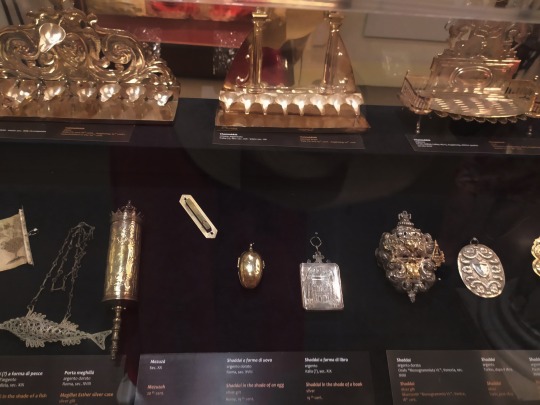


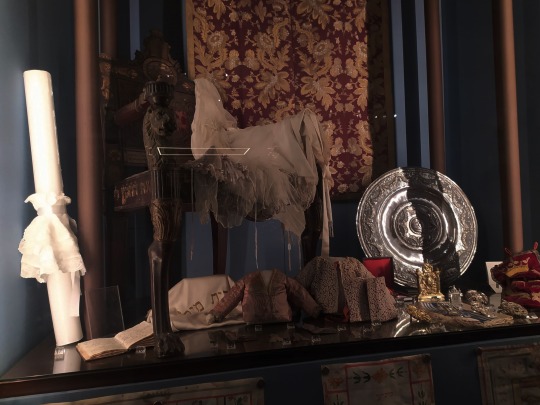


The Jewish Museum of Rome is located in the Great Synagogue monumental complex. Walking across the different rooms you can see a reconstruction of Jewish life in Rome since the earliest settlement in the second century before the Common Era.
The Jewish community has been living continuously in Rome for 2,200 years, making it one of the oldest communities outside of Israel. The exhibits on display in the museum date back principally to the ghetto period (1555-1870) and all come from the original ‘Five Synagogues’ building. The rich collection includes liturgical furnishings, manuscripts, incunabula, historical documents, records and marble works. Since 1960, the museum displayed its treasures in a single room, but the study and cataloguing of all the works required a larger display area. The new exhibit was inaugurated in 2005. The museum covers an area of 700 square meters and unfolds through seven rooms with different themes. It offers a reconstruction of the Jewish people life in Rome and shows us how they managed to integrate into the socio-economic structure of the city, while they maintained their own identity.
#jewishmuseum#jewishhistory#jewishart#argento#jewish#architecture#jewishquarter#j#artwork#jewishghetto#silver#judaicaartist#workofart#silverjudaica#silversmithing#jewishculture#museum#metalart#silversterling#silverjewelry#hammerwork#jewishrome#rometourguide#romanhistory#argint#silverware#unicart#roma#repousse#rome
7 notes
·
View notes
Text
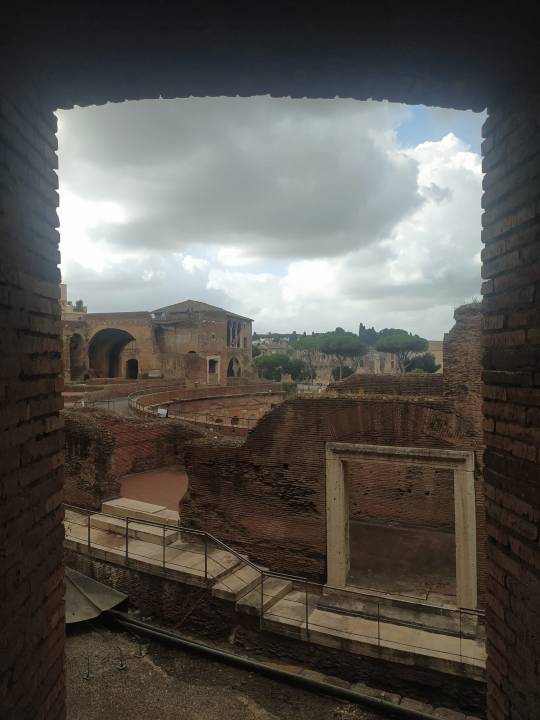
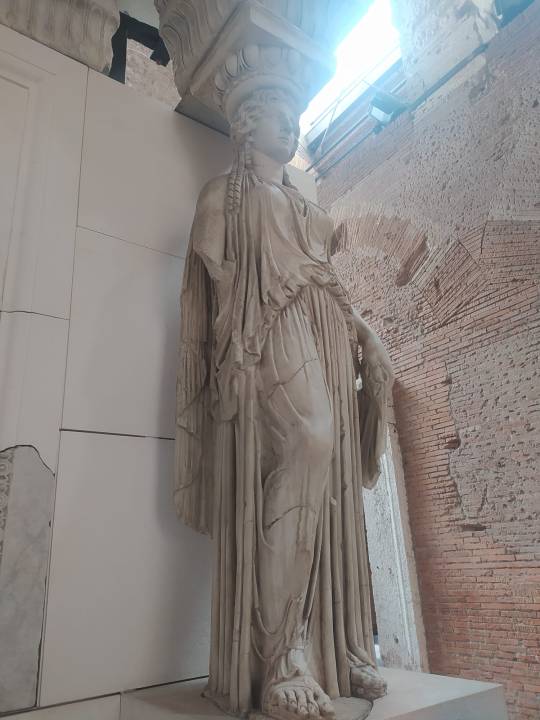
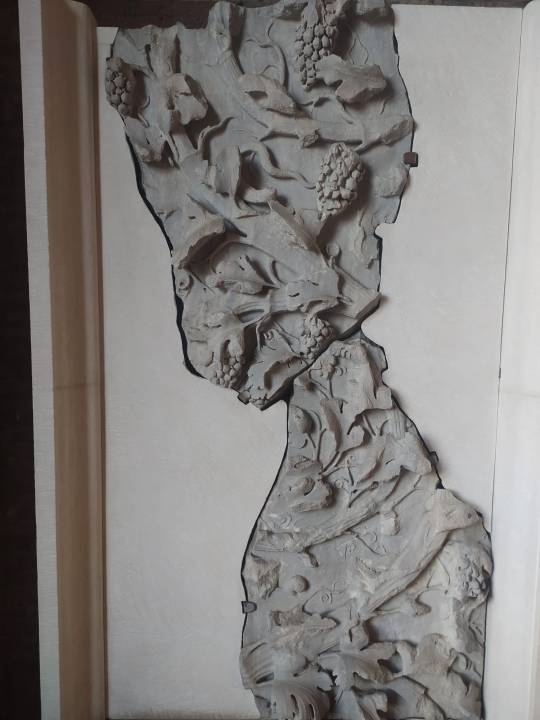
Trajan's Market - Rome
#mercatiditraiano#roma#rome#foriimperiali#italy#traiano#bnw#italia#ristorantetraiano#nuovapertura#picoftheday#foroditraiano#photography#storia#fororomano#igersroma#foriditraiano#vittoriano#colosseum#colosseo#romaantica#archeology#piazzavenezia#archeologia#igersitalia#photo#ancientrome#cittaeterna#art#foriimperali
22 notes
·
View notes
Text


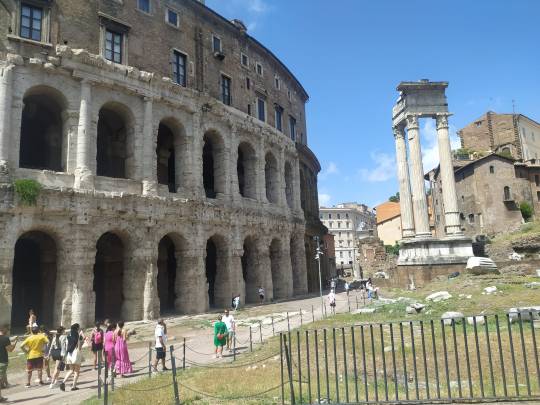
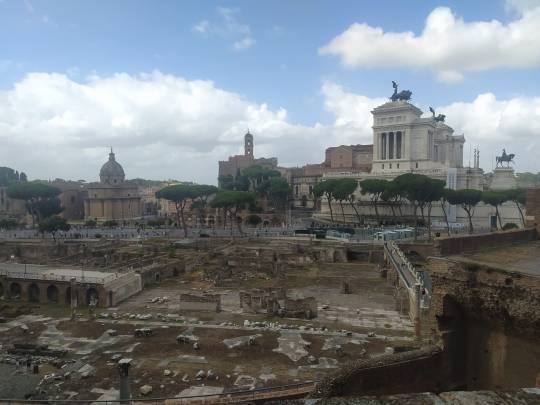
Rome Appreciation Post 1
#mercatiditraiano#roma#rome#foriimperiali#italy#traiano#bnw#italia#ristorantetraiano#nuovapertura#picoftheday#foroditraiano#photography#storia#fororomano#igersroma#foriditraiano#vittoriano#colosseum#colosseo#romaantica#archeology#piazzavenezia#archeologia#igersitalia#photo#ancientrome#cittaeterna#art#foriimperali
3 notes
·
View notes
Text


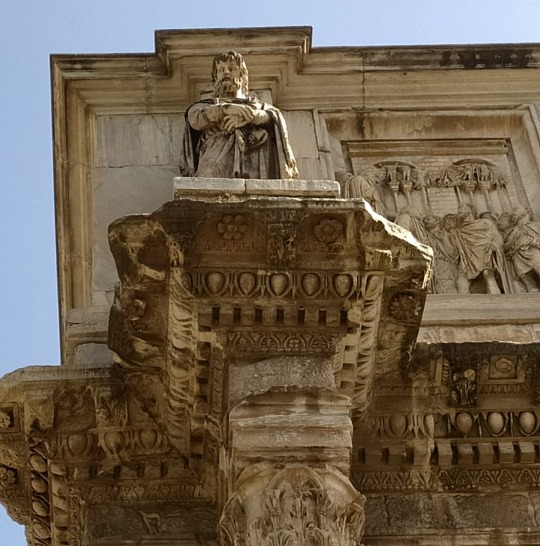

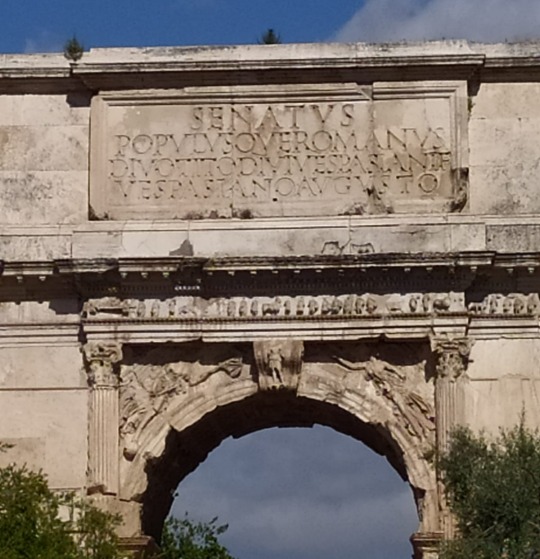
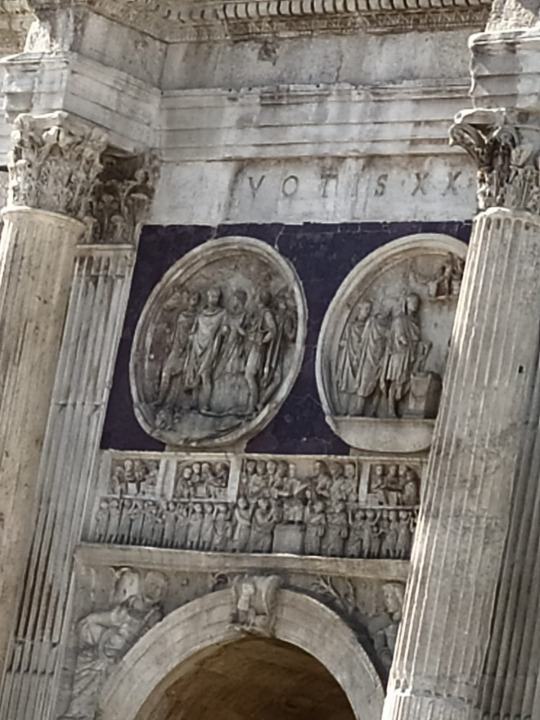
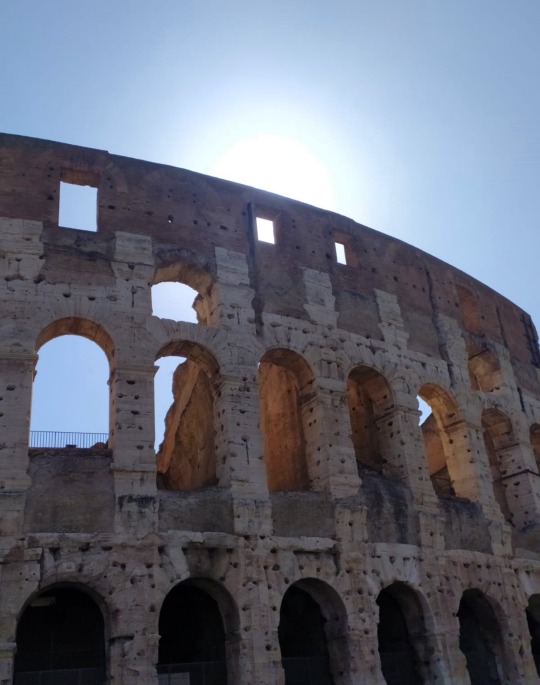
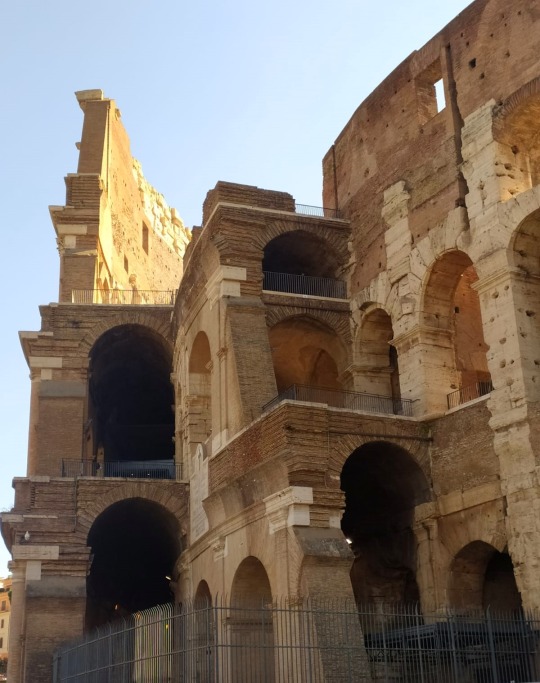
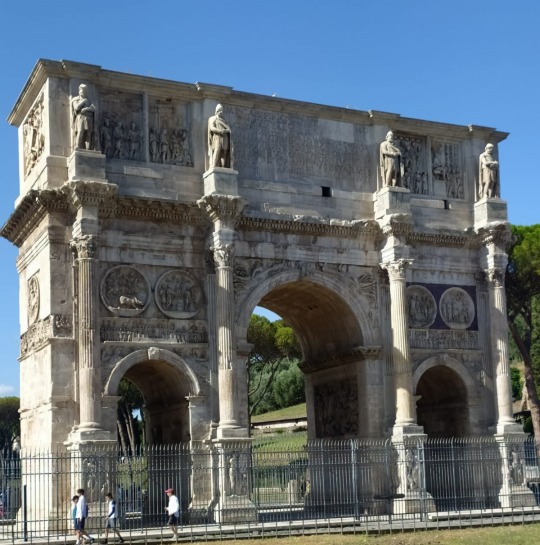
Romanitas - Part 2
#rome#roma#italy#italia#travel#ig#art#photography#love#igersroma#picoftheday#romeitaly#photooftheday#instagood#architecture#travelphotography#lazio#europe#visitrome#igersitalia#paris#history#photo#like#vatican#travelgram#london#instagram#follow#italian
26 notes
·
View notes

